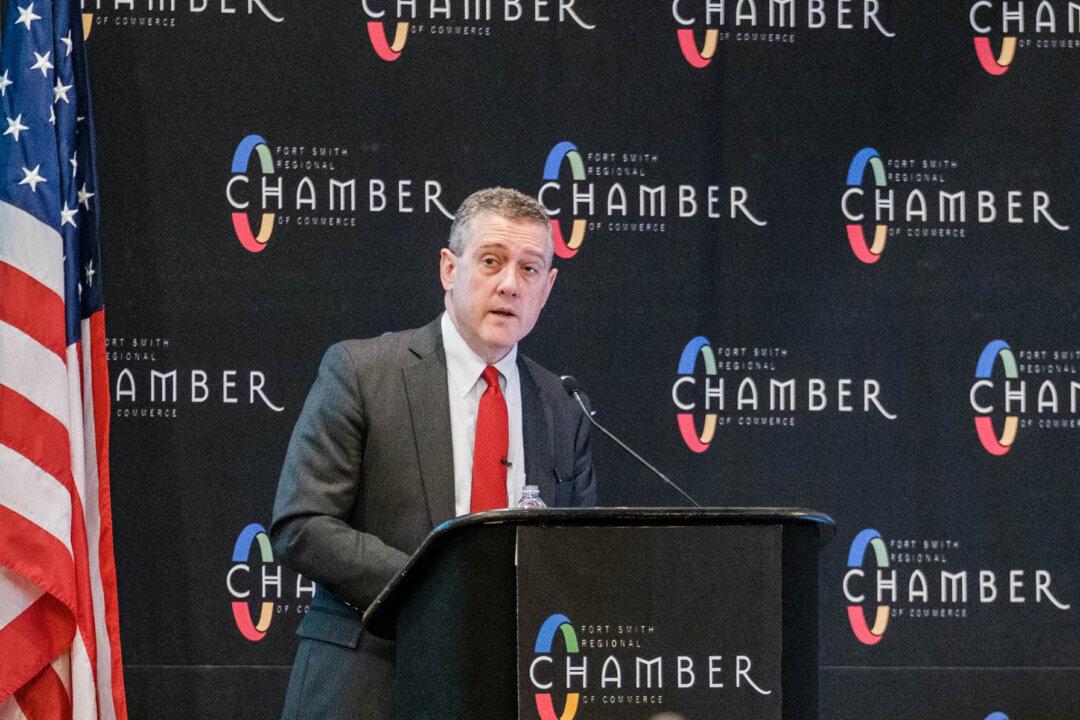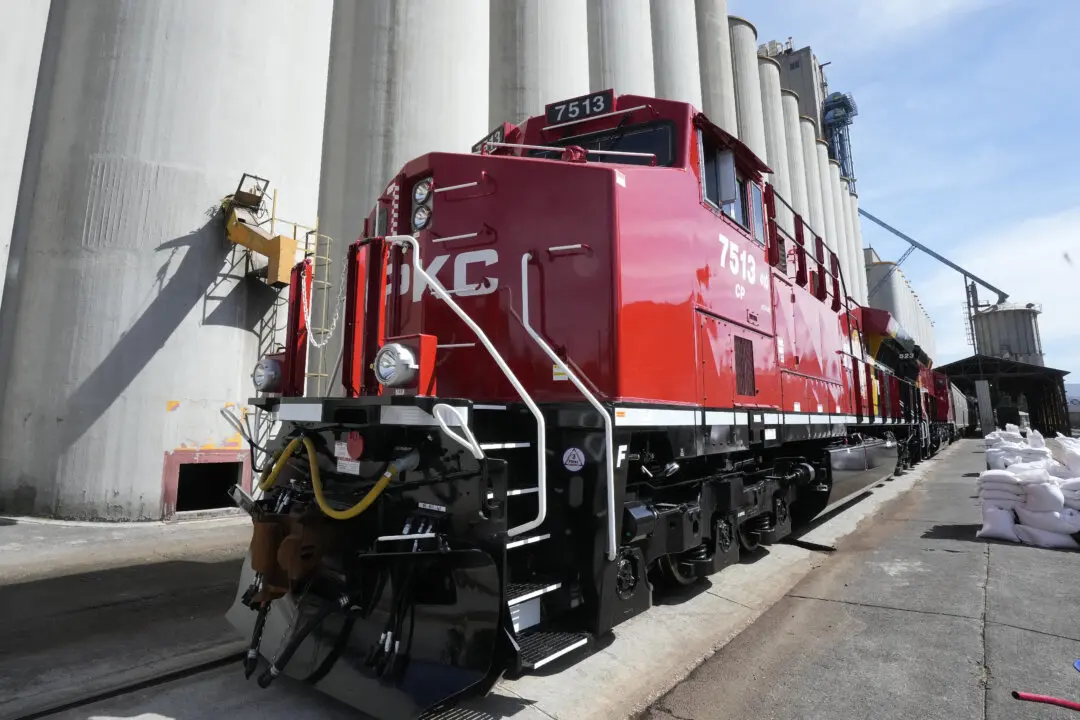The U.S. central bank may hike interest rates by up to 75 points due to the high rate of inflation, according to James Bullard, president of the St. Louis Federal Reserve Bank who also added that he does not expect such an increase to occur right away.
Bullard pointed to Fed’s 75-point interest rate hike in 1994 under the leadership of Alan Greenspan which was made in response to a surge in inflation. The decision resulted in an economic boom.





